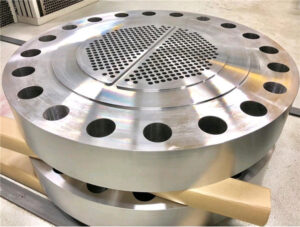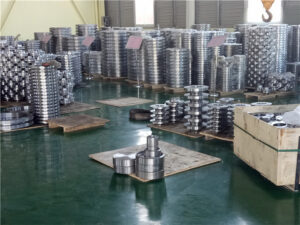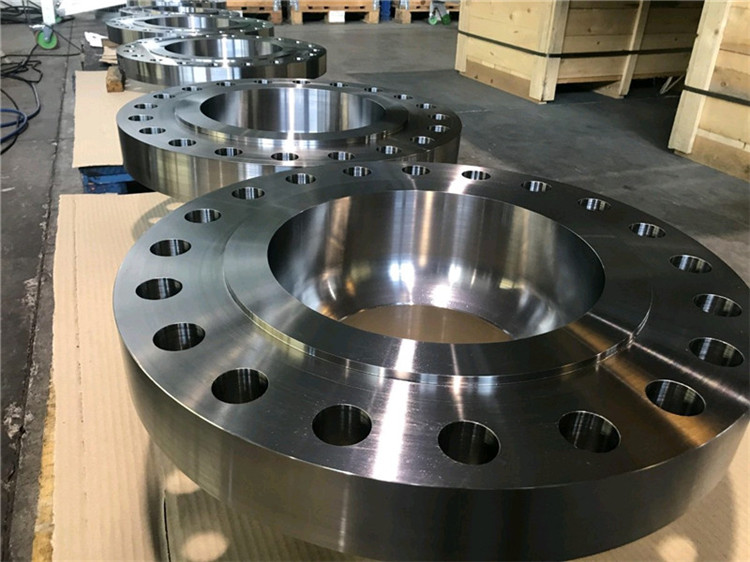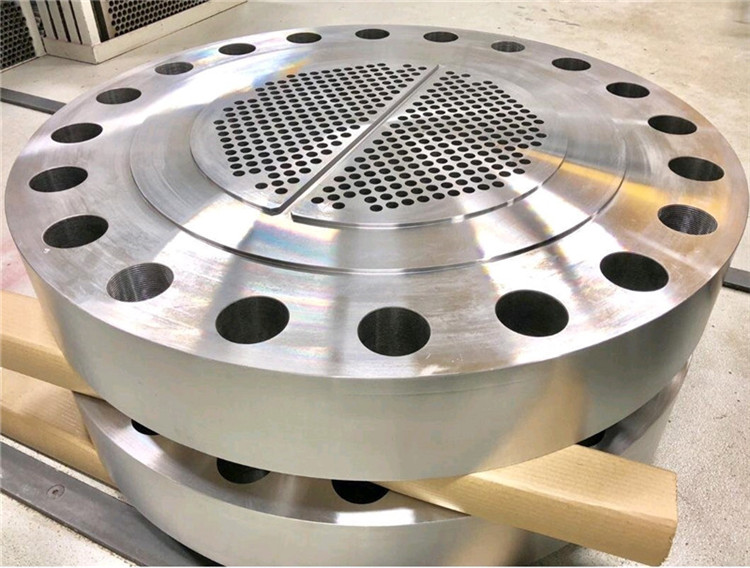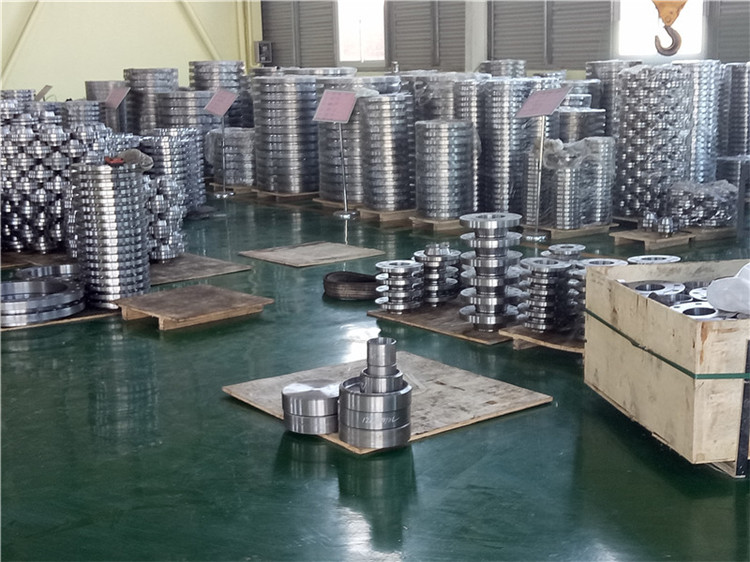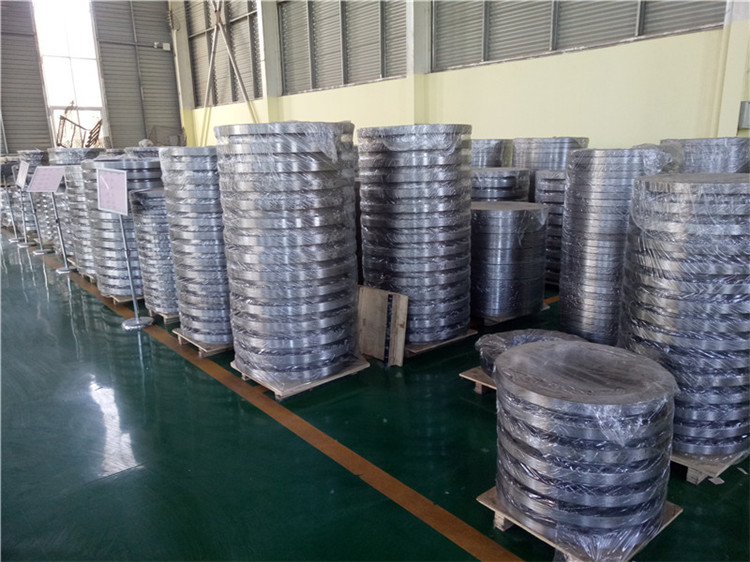Installation:
- Compatibility Check: Ensure flange type, size, material, and pressure rating match the piping system requirements. Mismatch can lead to leaks or failure.
- Surface Preparation: Clean flange faces and pipe ends thoroughly to remove dirt, grease, and rust. A clean surface is crucial for a proper seal.
- Gasket Selection: Choose the right gasket material based on operating conditions (temperature, pressure, chemical compatibility). Common types include spiral-wound, PTFE, and graphite gaskets.
- Bolt Tightening: Apply even torque to bolts in a star or cross pattern using a torque wrench. Follow manufacturer guidelines for torque settings to avoid uneven pressure or gasket damage.
- Alignment: Ensure flanges are properly aligned before bolting to prevent misalignment issues that can cause leaks or stress on the system.
Maintenance:
- Regular Inspections: Conduct visual checks for signs of wear, corrosion, or leakage. Look for stains or fluid buildup around flanges. Use non-destructive testing (NDT) if necessary.
- Re-torque Bolts: Periodically re-torque flange bolts, especially after temperature or pressure changes, to maintain an even seal.
- Gasket Replacement: Inspect gaskets for cracks, brittleness, or chemical degradation. Replace damaged gaskets promptly to prevent leaks.
- Corrosion Protection: Apply protective coatings or use corrosion-resistant materials to prevent rust and pitting. Regularly inspect flanges for signs of corrosion.
- Cleaning and Lubrication: Clean flange surfaces and apply anti-seize compounds to bolt threads to prevent galling and ensure easier disassembly during maintenance.



